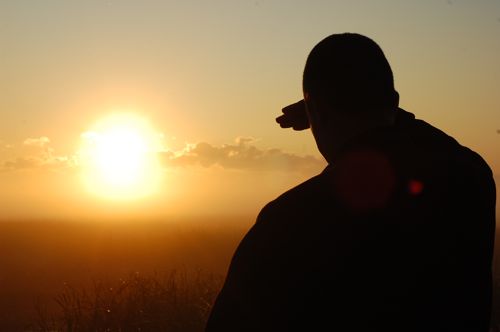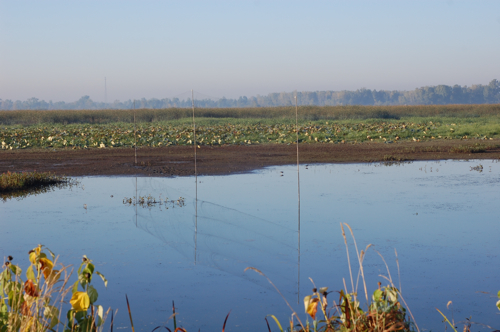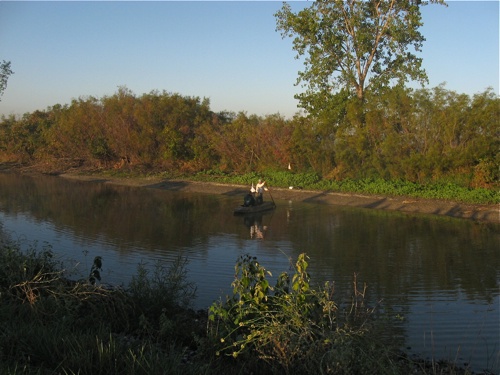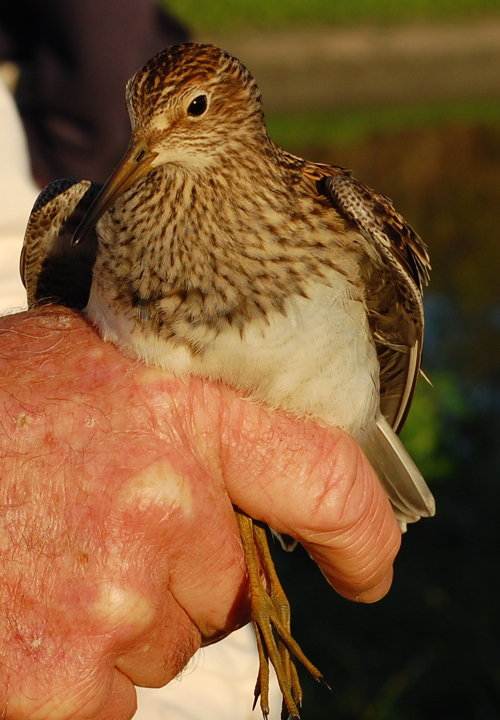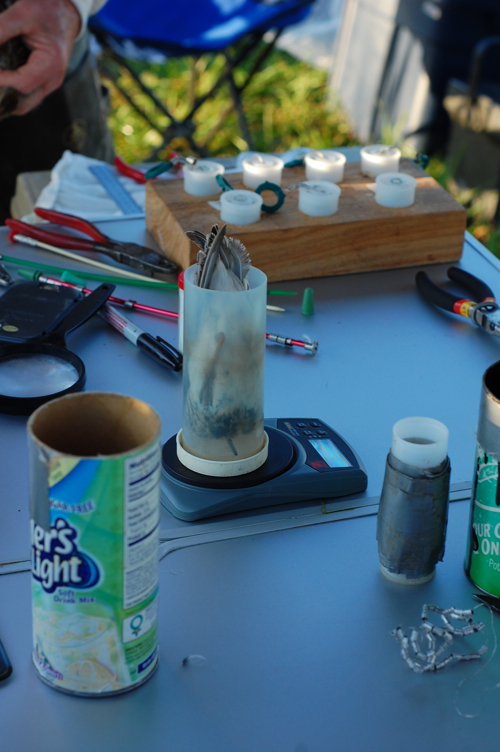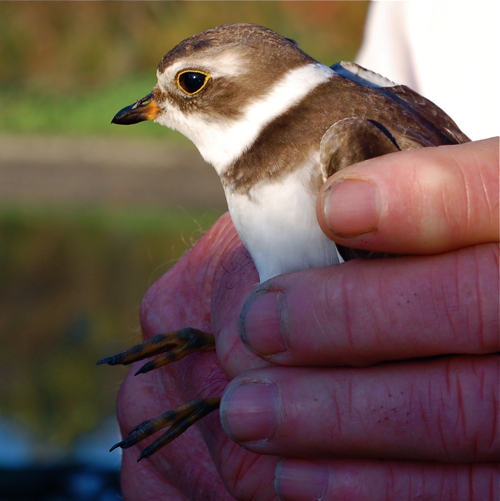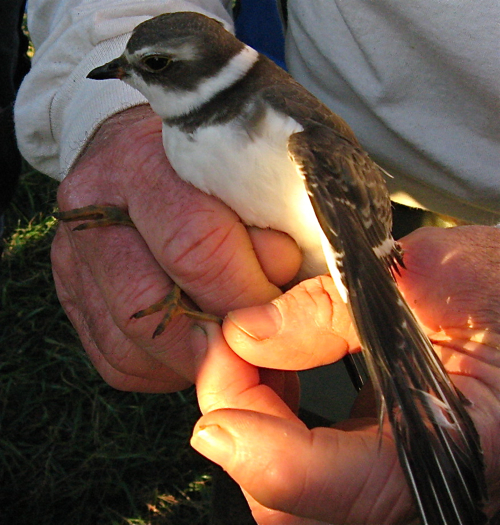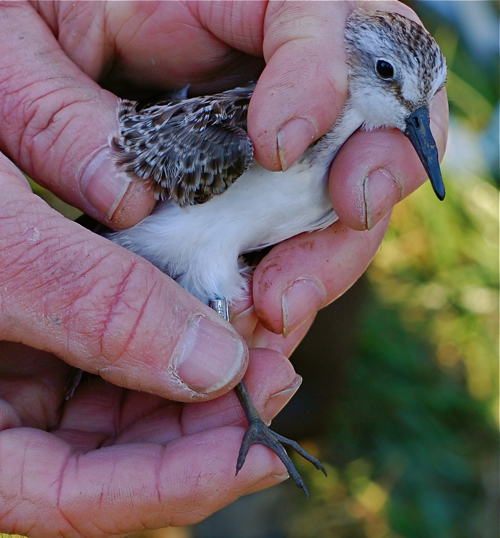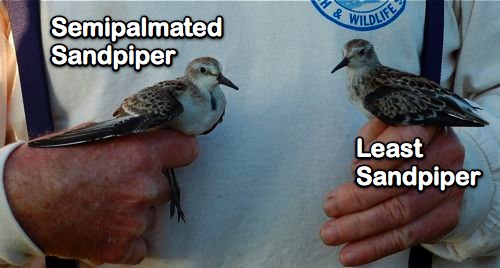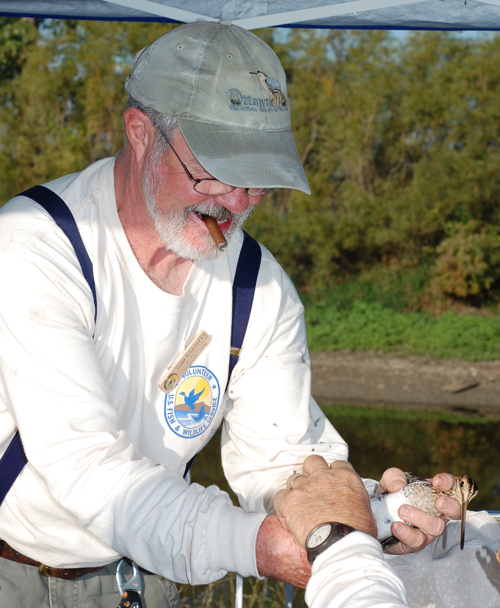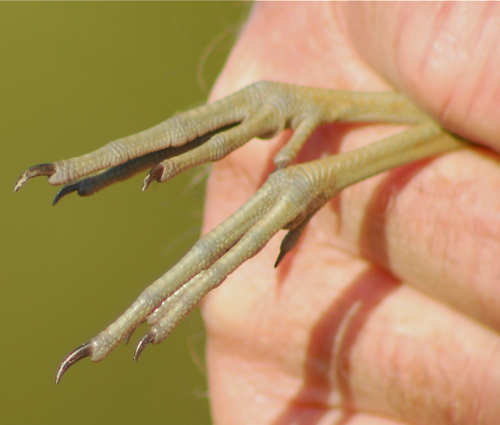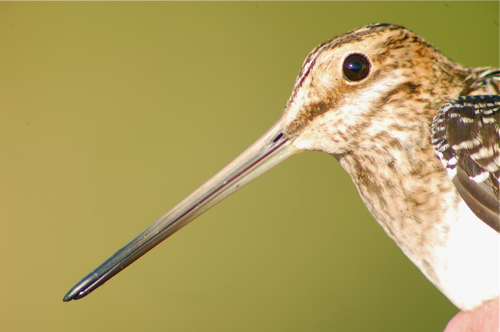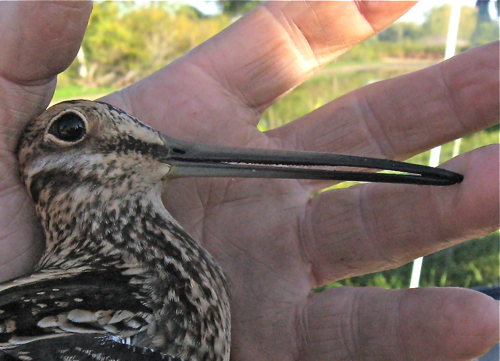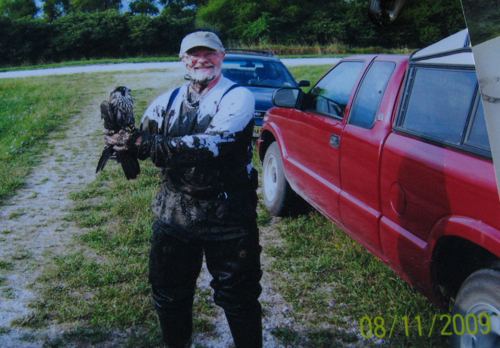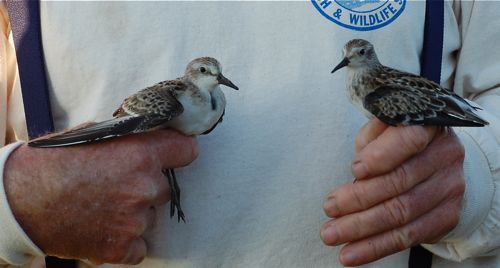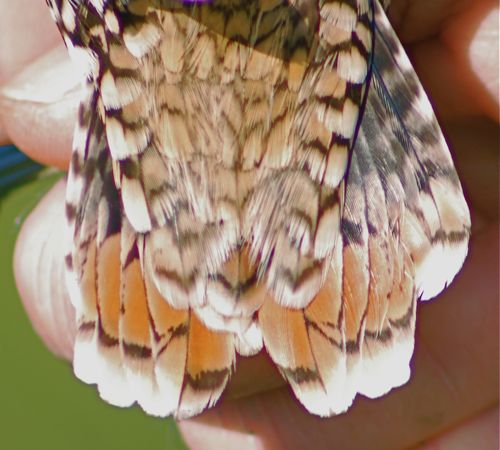Migration is in full swing!
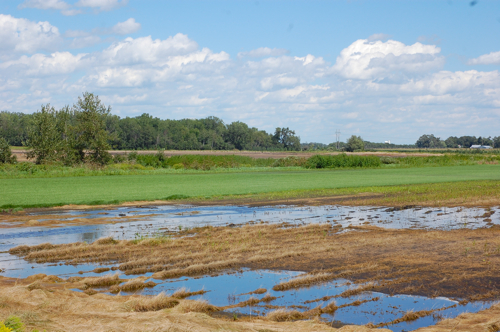
Ah, it's the special time of year when I drive around looking for flooded farm fields and get the opportunity to misidentify shorebirds. We've had several flooded fields thanks to some heavy rain storms in Minnesota this summer. My neighborhood flooded again two weeks ago. In general, I like shorebirds--they are cute, have crazy shaped beaks and run around comically as they probe mud or sand for food. But they do have a tendency to defy the field guides or at least my understanding of them. If your travels over the next few weeks take you to some shallow waters in a flood farm field or around some sod farms, take a closer look. Even if the field looks deserted of birds with the naked eye, give it a quick scan with binoculars, you might be surprised at what you find.
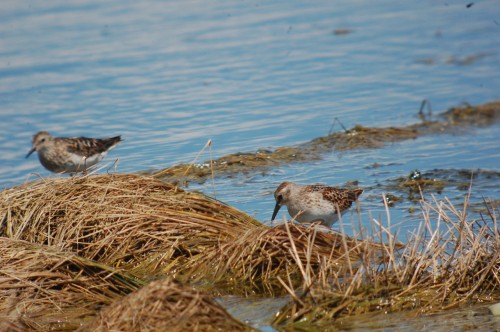
Some of these birds, like least sandpipers are the size of sparrows and easy to miss. But the sure are adorable to watch as they probe for food.
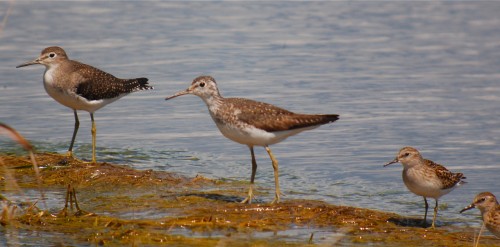
Here's an example of my misidentification misadventures: I tried to make the four birds above from left to right a solitary sandpiper, a lesser yellowlegs, least sandpiper and least sandpiper. Turns out that both the 2 larger birds are solitary sandpipers and different plumages. There go birds again--not living up to the field guide name. Shorebird id is so much like a logic problem.
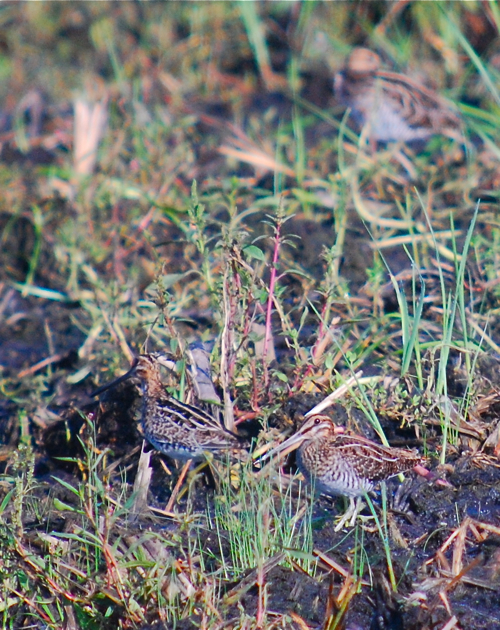
I get excited when I do find easily recognizable shorebirds like the above Wilson's snipe. I saw several working a farm field southwest of the Twin Cities. Not only do I enjoy these birds for their identify-ability, but they look so strange, with the super long bill. What kind of squishy bugs and crustaceans can a bill like that detect. According to All About Birds, snipe have sensory pits at the tip of the bill which allows them to feel its prey deep in the mud. I often wonder what it's like to experience the world as a bird when it can see in the ultraviolet spectrum, but how about detecting things with your mouth--crazy!
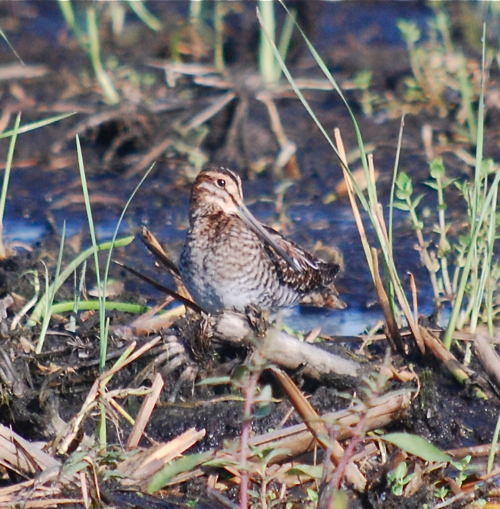
The field had several shorebirds, mostly pectoral sandpipers, but as I scanned, I found several snipe lurking in the vegetation. They look similar to woodcocks but an easy way to tell them apart is the striping over the head. The above poor guy kept trying to take a snooze but was constantly interrupted by foraging shorebirds or more snipe calling as they landed in the same field.
I do have mixed feelings about the shorebird migration this year and feel an especially hard pull to go out and really watch birds and enjoy them. I love seeing them and I wonder if their numbers will plummet. I wonder how many are off to the Gulf and how many we will lose on the way down and on the way back up. Has their fuel supply been altered in some way we can't detect yet? Will they find food, but will it be contaminated and force many birds to die in the Gulf waters rather than flying over the whole body of water? Migration is tricky business and I always wonder who will be strong enough to survive and return next year, but the oil contamination in the surrounding Gulf marshes could kill more birds.
There's a really, really good article at One Earth that even has some quotes by bird people who know far more than I do like Laura Erickson and Scott Weidendsaul. It's a good read and highlights many points anyone involved with birds has about the Gulf Spill not being over. I know BP and surprisingly some government officials want us to believe that it's over, but it is not. Just because the oil is below the surface and "out of sight" does not mean it is gone.

